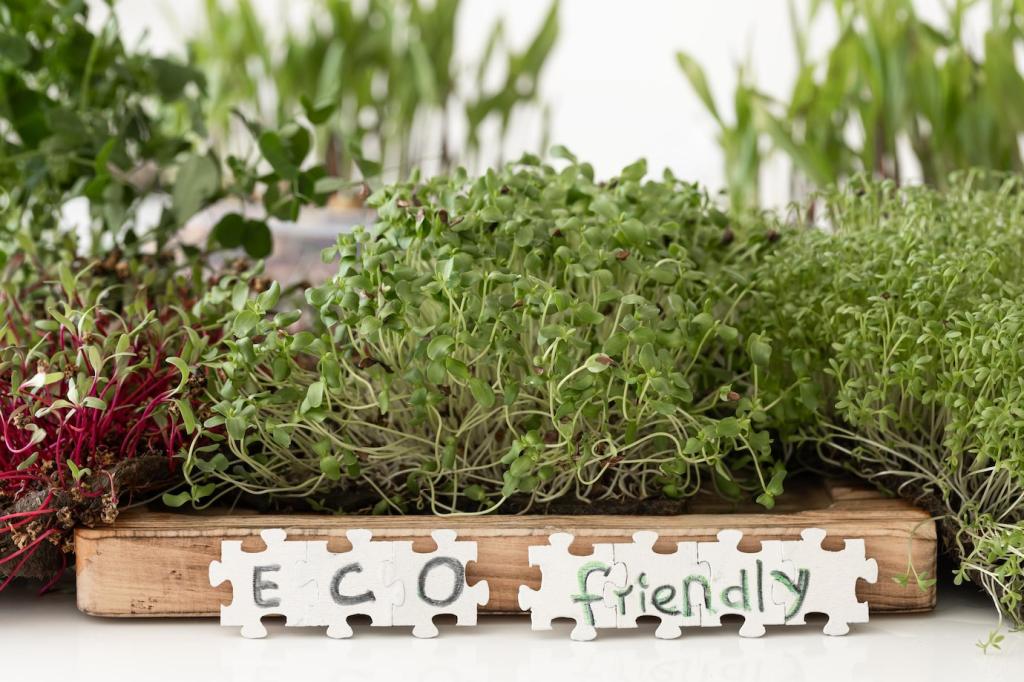
DIY Herbal Polish for Wooden Furniture
Discover the art of preserving and enhancing your wooden furniture with DIY herbal polish. Embracing nature’s finest ingredients, creating your own herbal polish is not only environmentally friendly but also a rewarding way to care for cherished wooden pieces. This guide showcases everything you need to know about concocting, applying, and benefiting from your own homemade herbal furniture polish, transforming daily upkeep into an aromatic and sustainable ritual.
The Appeal of Herbal Polishes
Restoring Natural Luster
Wooden furniture can lose its natural shine after years of exposure to sunlight, humidity, and regular use. Standard polishes often seal in grime or create an artificial gloss, but herbal polishes gently nourish the wood’s fibers. The oils and extracts in herbal mixtures penetrate deep, reviving the wood’s innate warmth and bringing out subtle grain patterns that enhance its character, leaving behind a gentle, authentic sheen that reflects artisanal care.
Chemical-Free Maintenance
Conventional wood polishes might pose health concerns for people and pets due to their synthetic ingredients. Herbal polishes rely exclusively on plant-derived oils and natural extracts, eliminating worries about indoor air pollution or skin irritation. With no harsh residues, they are safer for household use, especially in spaces frequented by children or sensitive individuals, making for a healthier cleaning regimen that aligns with holistic living.
Preserving Heritage Pieces
Antique or heirloom furniture requires special attention to retain both structural integrity and sentimental value. Herbal polishes offer a gentle touch, revitalizing aged finishes without compromising fragility. Their restorative properties help guard against future drying, cracking, or fading, thus aiding the long-term preservation of history-rich wooden pieces. Regular maintenance with botanical blends honors their tales and craftsmanship, ensuring they endure for generations.


Choosing Your Herbal Ingredients
The backbone of any herbal polish is a quality carrier oil, such as olive, coconut, or jojoba oil. These oils are renowned for their wood-conditioning properties, penetrating deeply to replenish natural moisture lost to wear and tear. Unlike synthetic alternatives, these plant-based oils enhance wood’s flexibility and shine without leaving sticky residues, forming a subtle barrier that protects against water spots, dust, and minor scratches.

Simple Home Infusion Techniques
Making a herbal infusion for polish involves gently heating chosen herbs in carrier oil, allowing time for the beneficial properties to be extracted. This process can take a few hours using low heat, or longer for cold infusion. Proper straining ensures a smooth, debris-free base, ready to blend with melted wax. The method is straightforward, requiring only basic kitchen equipment, and infuses the oil with the full potency and aroma of the selected botanicals.

Perfecting Texture and Consistency
The final quality of your polish depends greatly on the ratio of oil to wax, and the even distribution of herbal extracts. Achieving a creamy, spreadable balm involves slow melting and frequent stirring until fully combined. Cooling the mixture carefully prevents graininess and preserves scents. Testing a small batch first enables adjustments for a softer, glossier, or firmer finish based on whether the polish will be used for daily dusting or occasional deep conditioning.
